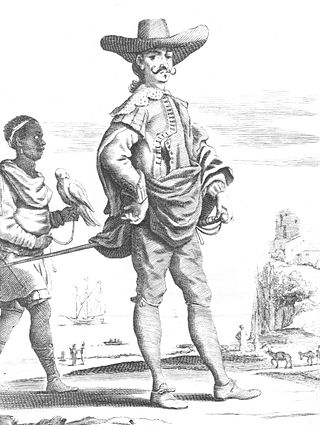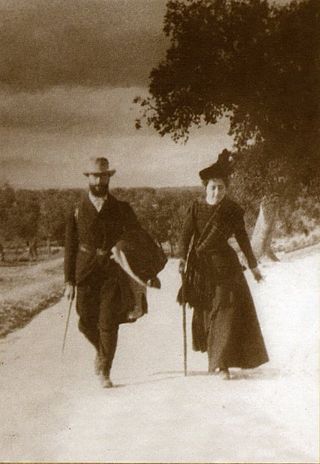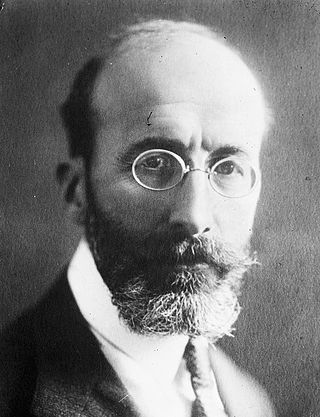Career
At the Centro de Estudios Históricos he was under the guidance of Ramón Menéndez Pidal,Tomás Navarro Tomás and Américo Castro. He had met Pilar Lago de Couceiro while both were students. She worked at the Tribunal de Cuentas and he worked for an insurance company. They married in 1932.
In Madrid from 1932 to 1941,he was a professor of Spanish Language and Literature. In addition,during the Civil War,he taught classes of republican soldiers how to read and write. By 1942,he had moved to the university at Oviedo,and from 1942 to 1947 he was at Salamanca.
Back in Madrid at the Complutense University of Madrid,he was Professor of the History of the Spanish Language from 1947 to 1978.
He became associated with the Seminario de Lexicografía de la Real Academia Española in 1947,serving as the Director from 1969 to 1981. There,he participated on the Diccionario histórico de la lengua española. Travelling widely,he was visiting professor at many universities in Europe,North America and South America. He also received numerous academic honours and other awards like the French Légion d'honneur and the Prince of Asturias Award for Literature .

Asturleonese is a Romance language spoken primarily in northwestern Spain, namely in the historical regions and Spain's modern-day autonomous communities of Asturias, northwestern Castile and León and Cantabria, and also in a small neighbouring area of Portugal. The name of the language is largely uncommon among its native speakers, as it forms a dialect continuum of mutually intelligible varieties and therefore it is primarily referred to by various regional glossonyms like Leonese, Cantabrian, Asturian or Mirandese. Extremaduran is sometimes included as well. Asturleonese has been classified by UNESCO as an endangered language, as Asturian is being increasingly replaced by Spanish.

Marcelino Menéndez y Pelayo was a Spanish scholar, historian and literary critic. Even though his main interest was the history of ideas, and Hispanic philology in general, he also cultivated poetry, translation and philosophy. He was nominated for the Nobel Prize in Literature five times.

Leonese is a set of vernacular Romance language varieties currently spoken in northern and western portions of the historical region of León in Spain and a few adjoining areas in Portugal. In this narrow sense, Leonese is distinct from the dialects grouped under the Asturian language. There is no real linguistic division, though; it is only a purely political and identitary division, as dialectal areas are in fact shaped along a north-south axis. In the past, it was spoken in a wider area, including most of the historical region. The current number of Leonese speakers is estimated at 20,000 to 50,000. The westernmost fringes of the provinces of León and Zamora are in the territory of the Galician language, although there is dialectal continuity between the linguistic areas.

Standard Spanish, also called the norma culta, 'cultivated norm', refers to the standard, or codified, variety of the Spanish language, which most writing and formal speech in Spanish tends to reflect. This standard, like other standard languages, tends to reflect the norms of upper-class, educated speech. There is variation within this standard, such that one may speak of the Mexican, Latin American, Peninsular or European, and the Rioplatense standards, in addition to the standard forms developed by international organizations and multinational companies.

An hidalgo or a fidalgo is a member of the Spanish or Portuguese nobility; the feminine forms of the terms are hidalga, in Spanish, and fidalga, in Portuguese and Galician. In popular usage, the term hidalgo identifies a nobleman without a hereditary title. In practice, hidalgos were exempted from paying taxes, yet owned little real property.

María Amalia Vicenta Goyri also known as María Goyri de Menéndez Pidal was a Spanish Hispanist, literary critic, researcher, educator and advocate for women's rights. In 1896 she became the first Spanish woman to earn a degree in Philosophy and Letters and the first to earn her doctorate, in 1909, at a Spanish university. She was the wife of Ramón Menéndez Pidal.

Ramón Menéndez Pidal was a Spanish philologist and historian. He worked extensively on the history of the Spanish language and Spanish folklore and folk poetry. One of his main topics was the history and legend of El Cid. He was nominated for the Nobel Prize in 26 separate years, thus, being the most nominated person.
Emilio García Gómez, 1st Count of Alixares was a Spanish Arabist, literary historian and critic, whose talent as a poet enriched his many translations from Arabic.
Antoni Rubió i Lluch was a Spanish historian and intellectual, and a Catalan patriot influenced by the Catalan Renaissance. A Hellenist and a medievalist, he left his mark on the study of the Catalan presence in fourteenth-century Greece.
Esperpento denotes a literary style in Spanish literature first established by Spanish author Ramón María del Valle-Inclán that uses distorted descriptions of reality in order to criticize society. Leading themes include death, the grotesque, and the reduction of human beings to objects (reification). The style is marked by bitter irony. In Latin America, the author most well known for using esperpento is Mexican author Jorge Ibargüengoitia.

Amado Alonso was a Spanish philologist, linguist and literary critic, who became a naturalised citizen of Argentina and one of the founders of stylistics.
José Fernández-Montesinos Lustau was a Spanish historian and literary critic belonging to the so-called Generación del 27, a generation he himself referred to as "this ill-fated, mistreated and dispersed generation of mine".
Tomás Navarro Tomás was a Spanish philologist, librarian and linguist.

The Institución Libre de Enseñanza was a pedagogical experience developed in Spain for more than half a century (1876-1939). It was inspired by the Krausist philosophy introduced at the Central University of Madrid by Julián Sanz del Río, and had an important impact on Spanish intellectual life, as it carried out a fundamental work of renewal in Restoration Spain.
Manuel Seco Reymundo was a Spanish lexicographer, linguist and philologist. He worked at the department of lexicography of the Real Academia Española between 1962 and 1993. He became a member of the Academia in 1980.

The Battle of Las Babias occurred in the year 795 when the Emir of Cordoba, Hisham I of Córdoba sought to avenge his previous military incursions in 794 against the Kingdom of Asturias under the command of the brothers Abd al-Karim ibn Abd al-Walid ibn Mugaith and Abd al-Malik ibn Abd al-Walid ibn Mugaith. The previous battles resulted in devastating losses for the Emirate, most importantly at the Battle of Lutos where one of the Emir's generals was killed in action. The battle resulted in a Córdoban victory.
Antonio Tovar Llorente was a Spanish philologist, linguist and historian.

Guillermo Diaz-Plaja Contestí was a Spanish literary critic, historian, essayist, and poet.

Agustín González de Amezúa y Mayo was a Spanish academic, member of Real Academia Española, Real Academia de la Historia and Real Academia de Jurisprudencia y Legislación. He is best known as historian of literature who specialized in Siglo de Oro, especially in works of Cervantes and Lope de Vega. He held various important scientific posts during early Francoism, especially in Consejo Superior de Investigaciónes Científicas. Politically he supported the Traditionalist cause, first as an Integrist and then as a Carlist militant; in the early 1940s he was in national executive of Comunión Tradicionalista. In the mid-1920s he was member of the Madrid ayuntamiento.
Aníbal Otero Álvarez was a Spanish linguist, philologist and writer, who wrote in both Galician and Spanish. In 1936, after the beginning of the Spanish Civil War, he was mistaken for a spy and given a death penalty by Francoist authorities, which was commuted to life imprisonment; he remained in prison until 1941.













